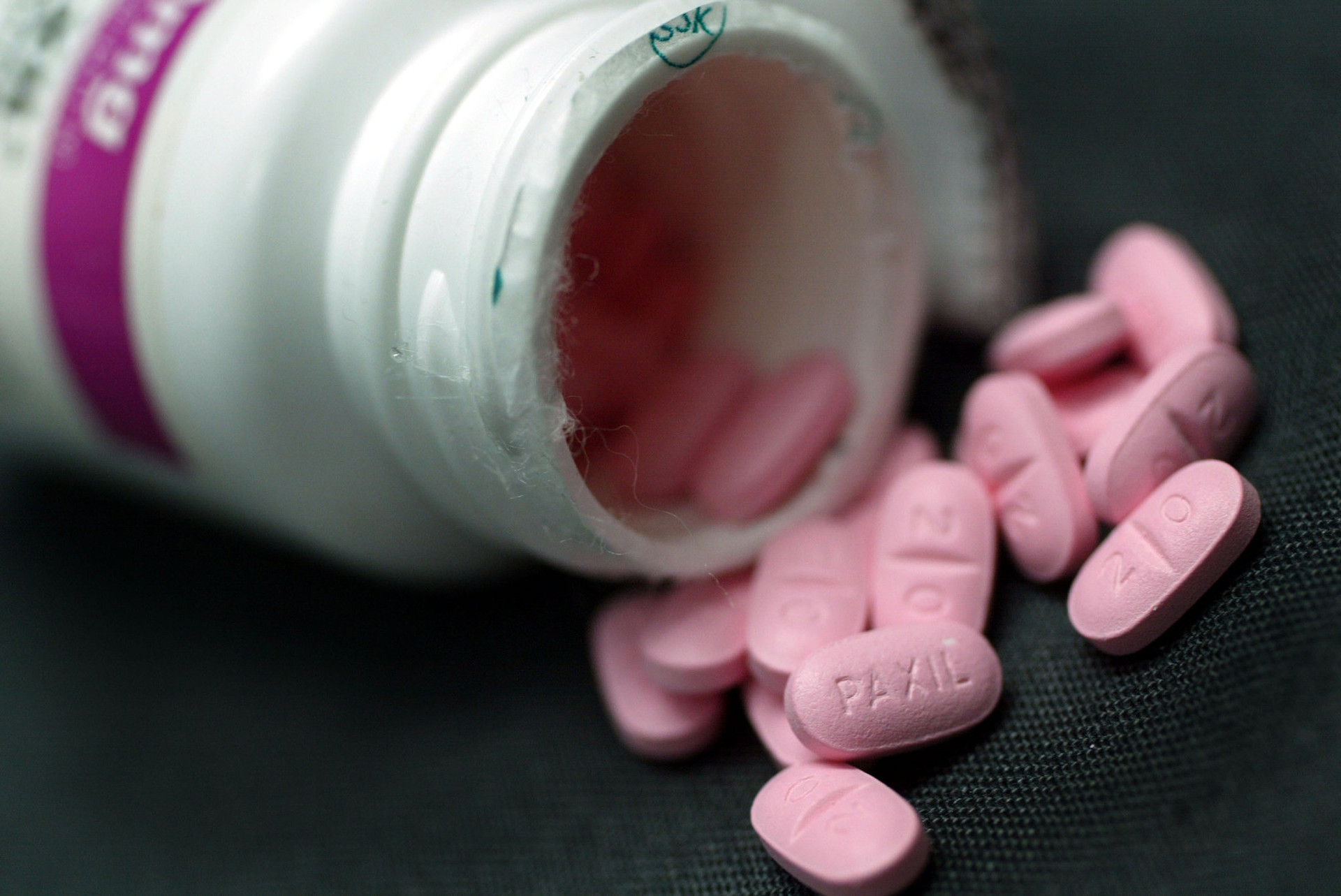Antidepressant use among young people has been increasing in recent years, even before the COVID-19 pandemic hit.

Antidepressant prescriptions among adolescents and young adults have increased significantly since March 2020, according to a new study. The findings were published in late February in the journal of the American Academy of Pediatrics.
Researchers examined antidepressant prescriptions among adolescents in the United States aged 12 to 25 from 2016 to 2022. During that time, monthly antidepressant prescription rates increased by 66.3%.
After March 2020, the rate increased by 129.6% for girls aged 12-17 and 56.5% for boys aged 18-25. In contrast, there was a decline in boys in the same age group. The study highlights a spike in antidepressant use during the COVID-19 pandemic.
Depression and suicidal ideation rates among young people were already on the rise before the COVID-19 pandemic. However, since 2020, these numbers have continued to rise and persist even after the pandemic has receded.
During the pandemic, social isolation, disruption to education, loss of a parent or caregiver due to COVID-19, unemployment or being a victim of physical or emotional abuse at home are considered factors that can increase mental health disorders.
Dr. Mark Olfson, professor of epidemiology at Columbia University, highlighted previous studies that have provided evidence that stress, adversity, and social disruptions caused by the COVID-19 pandemic have contributed to increased mental health challenges, as well as service needs, among U.S. adolescents and young adults.
“With the onset of the pandemic, mental health services have rapidly shifted to a remote format. For some young people, this has provided a convenient, private, and less stigmatized means of delivering mental health care, including antidepressant treatment,” Olfson added.
In the wake of the pandemic, young people are grappling with increased concerns about social media use, violence, natural disasters and climate change, according to Dr. Lokesh Shahani, a psychiatrist at the University of Texas Health Science Center at Houston.
The study also found that teenage girls were prescribed more antidepressants than boys. Depression typically peaks during puberty and is twice as common in girls as in boys later in life, Dr. Olfson noted.
Another possible explanation, experts say, is that men may be less likely to seek and receive care for mental health symptoms than women.
They also noted that telehealth, which has emerged during the pandemic, appears to be more widely accepted and used by women than men.
Dr. Shahani explains that most side effects of antidepressants are mild and subside within one to two weeks or with a reduction in dosage. He notes that common side effects can include stomach upset, nausea, diarrhea, agitation, restlessness, headaches, and sleep changes.
Serious side effects from antidepressants are rare but can occur in some people. For reasons that are not well understood, antidepressants can cause an increase in suicidal thoughts and behavior in a small percentage of young people. However, Dr. Olfson notes that this risk appears to be highest early in treatment.
Antidepressants can also have side effects for people with bipolar disorder. Finally, people taking antidepressants should be aware of the potential for drug interactions. Always consult a healthcare professional before starting an antidepressant and never self-medicate.
TH (according to Tuoi Tre)